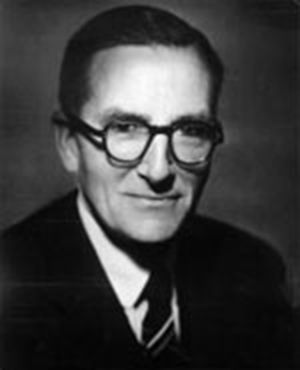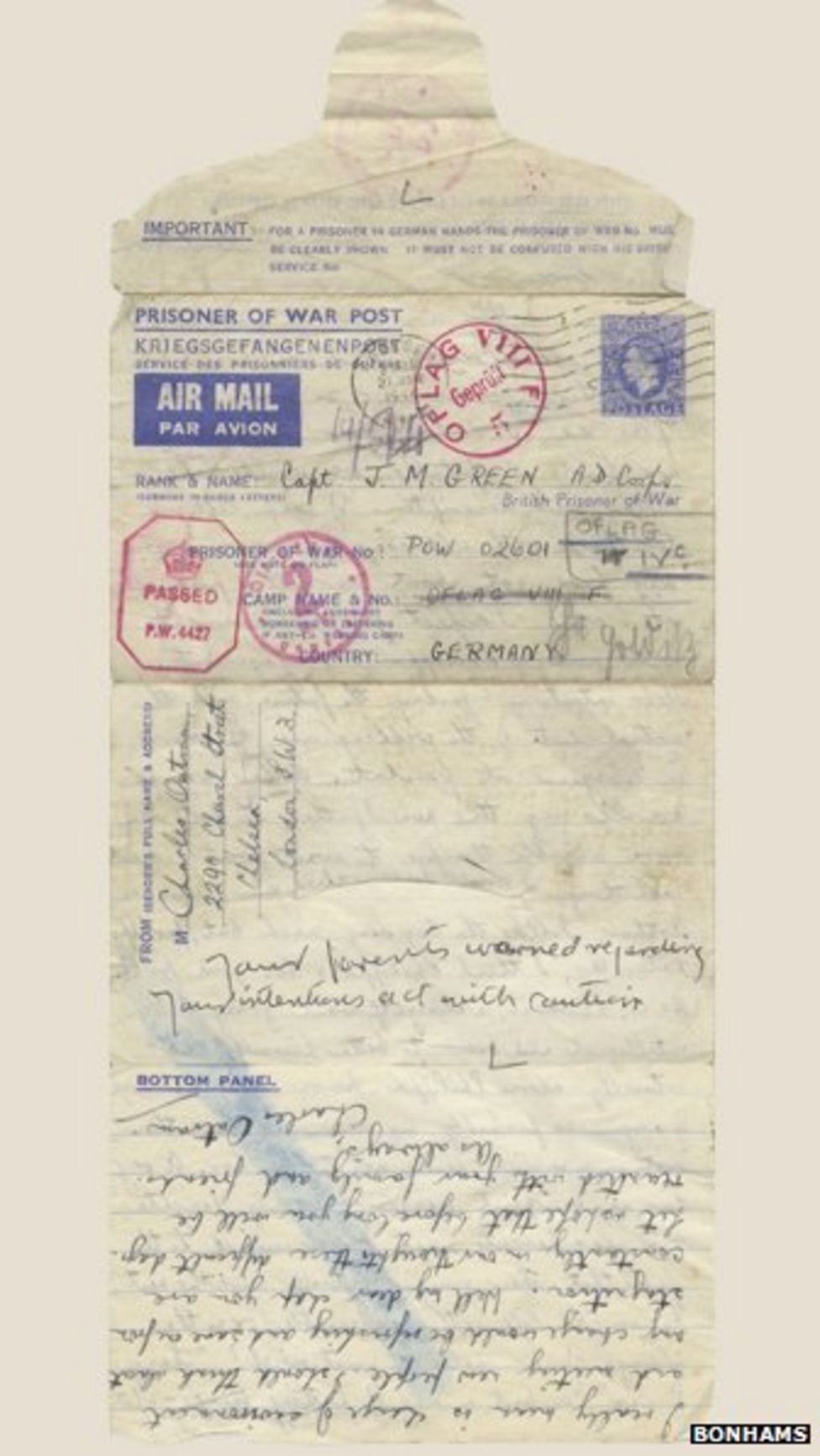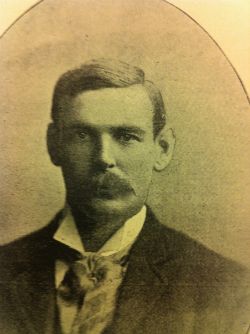- About Us
- Advertise
- Editorial
- Contact Us
- Terms and Conditions
- Privacy Policy
- Do Not Sell My Personal Information
© 2025 MJH Life Sciences™ and Dental Products Report. All rights reserved.
Notable Irish Dentists
To mark the celebration of St. Patrick’s Day, we take a look at a few famous Irish dentists, including a dental pioneer, a war hero, and even a Wimbledon champion.

Ernest Sheldon Friel
Born in Waterford Ireland in 1888, Dr Friel attended Trinity College in Dublin. He received his Master’s Degree in 1909 and went on to study under American orthodontist Edward Angle. That same year, he established an orthodontics practice in Dublin, the first specialist orthodontic practice in the United Kingdom of Great Britain and Ireland.
In 1910, Dr Friel became the Lecturer in Orthodontics at Trinity College Dublin. He later became a Doctor of Science there in 1928 and in 1941 became the first Professor in Orthodontics in Europe. Dr Friel was a founding member of the British Society for the Study of Orthodontics in 1907 and went on to serve as the organization’s president. He was also the president of the Irish Dental Association (1932), of the European Orthodontic Society (1935-1937), and of the Odontological Section of the Royal Society of Medicine (1949). Dr Friel was a leader in the use of stainless steel in orthodontics. His other research interests were muscle testing and training, jaw function and form, and the migration of teeth and occlusion.
Image courtesy of the British Orthodontic Society.

Julius Green
Born to a Jewish family in Killarney, County Kerry, Ireland in 1912, Dr Green graduated from the Dental School of the Royal College of Surgeons in Edinburgh, Scotland, and practiced dentistry in Glasgow. Upon the onset of World War II, Dr Green joined the Medical Unit of the Edinburgh University Officer Training Corps, part of the Territorial Army (now known as the Army Reserve).
On June 12, 1940, Dr Green’s brigade was captured at St. Valery in northern France during the retreat to Dunkirk. He spent the remainder of the war as a German prisoner of war, traveling between camps to offer dental care to fellow POWs and German troops, eventually ending up at Colditz Castle near Leipzig, Germany. While he was held captive at Colditz, he hid his Judaism by disposing of his dog tags and claiming to be Presbyterian.
Shortly after his capture, British intelligence agency MI9 recruited Dr Green as a spy. He risked his life by communicating via coded letters from Colditz to London. The letters were mailed to his family and then decoded by MI9 and contained information about the camps, strategic details about German shipping and troop movements, and lists of useful materials for potential escapes.
Dr Green survived the war and settled in Glasgow, where he eventually returned to work as a dentist. Some of his letters were donated to the Imperial War Museum in London.
Image courtesy of BBC News.

Frank Stoker
Born in Dublin in 1867, Dr Stoker was the youngest of 5 sons born to Edward Alexander Stoker, (who was a Fellow of the Royal College of Surgeons, Ireland), and was a distant cousin of Dracula author Bram Stoker. Dr Stoker and all of his brothers eventually followed their father into the medical profession. But first, Frank Stoker started his career as a rugby and tennis player.
Stoker was a member of the Second XV of Dublin's Wanderers F.C. from 1883 onward. He played for the Irish International team in 1886 and 1888. He went on to serve as Wanderers F.C. president in 1899-1900.
Stoker and his brother Ernest began playing in Irish tennis tournaments in the mid-1880s. He found a new doubles partner, Joshua Prim, and the pair began competing in the annual Irish championships. They were Irish national double champions 5 times between 1890-1895, going on to compete in England and winning the Northern Championships in 1890 and 1892-1894, and the All-England title at Wimbledon in 1890 and 1893.
Dr Stoker was licensed to practice medicine and surgery by the August Royal College in 1892. He wished to specialize in dentistry, so he obtained a place at the Guy’s Hospital Dental School in 1893. Shortly before the National Championships tennis victory in 1894, Stoker was admitted a Licentiate in Dental Surgery by the Royal College of Surgeons in Ireland, largely ending his tennis career. He took up practice in Dublin and eventually took up golf, going on to compete in the Irish Open Amateur Championship in 1907.



